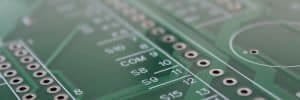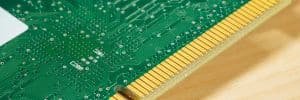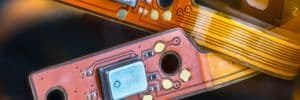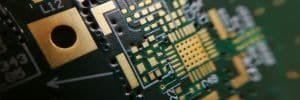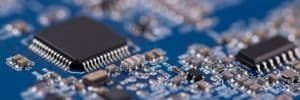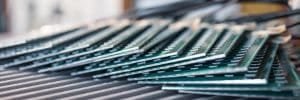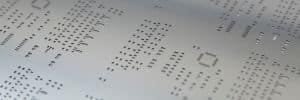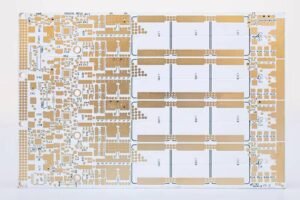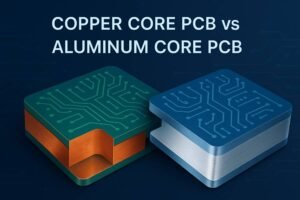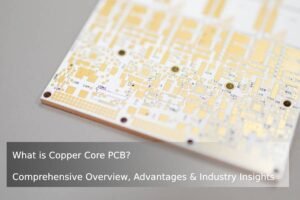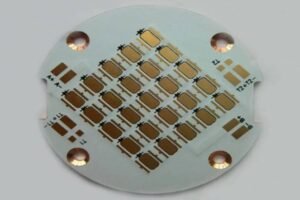As a leading flexible PCB manufacturer in China, JHYPCB leverages over 15 years of expertise to deliver high-quality flex circuits for industries like consumer electronics, automotive, medical, aerospace, and defense. Our ISO-9001-certified facilities in Guangdong produce flex PCBs with up to 12 layers, trace/space down to 25/25 μm, and bend radii as low as 0.1 mm, ensuring reliability and precision at competitive costs.
This guide explores the flexible PCB manufacturing process, design best practices, assembly techniques, emerging applications, and more. Whether you’re a PCB designer, engineer, or procurement manager, discover how partnering with JHYPCB can streamline your flex PCB projects. Contact us for a free design consultation.
Table of Contents
Why Choose Flexible PCBs?
Flexible PCBs offer distinct advantages over rigid PCBs, making them ideal for modern electronics with dynamic shape requirements:
- Lightweight and Compact: Thinner construction saves space and reduces weight, perfect for portable devices.
- Dynamic Flexibility: Bend radii as low as 0.1 mm enable electronics to conform to irregular shapes.
- High-Density Interconnects: Fine trace/space (25/25 μm) supports complex circuits in tight spaces.
- Enhanced Signal Integrity: Improved high-frequency performance at bends ensures reliable data transmission.
- Superior Heat Dissipation: Copper heat-spreader layers optimize thermal management.
Flexible PCB Fabrication Process
Flex PCB manufacturing requires specialized materials and techniques. At JHYPCB, we use advanced processes to ensure quality and reliability.
Materials
Polyimide (e.g., DuPont’s Kapton) is the go-to substrate due to its heat resistance, chemical stability, and flexibility. For cost-sensitive applications, we also use flexible PET films. Circuitry is built with rolled annealed copper laminated to the base film, etched via photolithography for precision.
Capabilities
Our facilities support:
- Multilayer flex PCBs (2–12 layers) with adhesive dielectric films.
- Plated-through holes and microvias (down to 50 μm) for interlayer connections.
- Automated Optical Inspection (AOI) and electrical testing for quality assurance.
Benefits
Compared to rigid PCBs, flex circuits offer thinner profiles, dynamic flexing, and superior high-frequency performance. Coupon testing ensures coating thickness, adhesion, and solderability meet industry standards.
Explore our flex PCB fabrication services for high-volume production with fast turnaround.
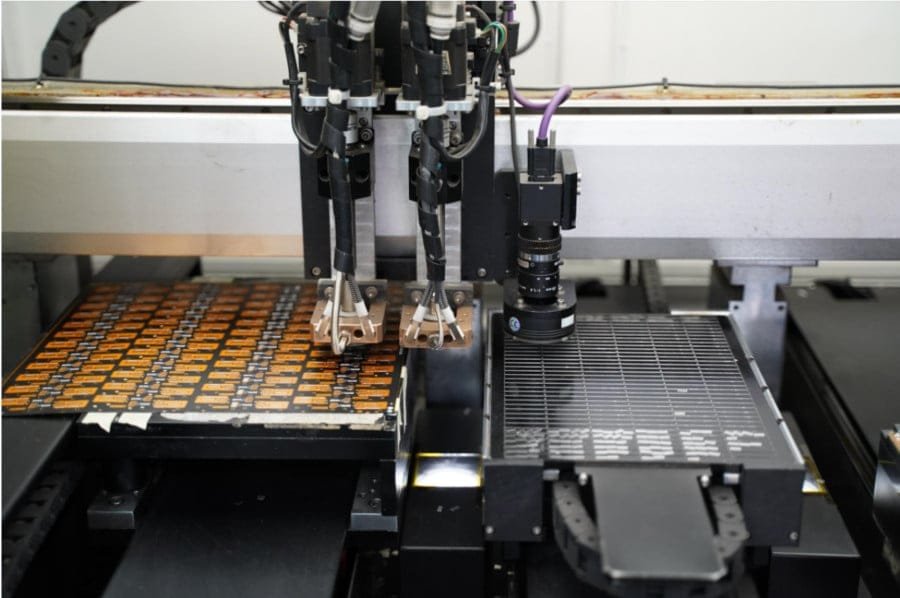
Key Flexible PCB Design Considerations
Designing reliable flex PCBs requires careful planning. Here are critical factors to consider:
- Bend Radius: Achieve bend radii as low as 0.1 mm with optimized materials and stackups for durability.
- Board Stiffness: Polyimide films balance flexibility and stability. Selective stiffeners (e.g., cover layers) enhance rigidity where needed.
- Thermal Management: Large copper planes dissipate heat, but thermal reliefs prevent stress during flexing.
- High-Frequency Layout: Controlled impedance traces and ground planes ensure signal integrity for RF and digital applications.
- Component Selection: Use low-profile SMT components to minimize thickness and withstand flexing.
- Connection Methods: Solder, conductive epoxy, or mechanical fasteners ensure reliable component attachment.
Our engineering team offers free design reviews to optimize manufacturability. Request a review to ensure your flex PCB design is production-ready.
Advanced Flex PCB Assembly Techniques
Assembling components onto flex PCBs demands precision to avoid damaging delicate substrates. JHYPCB’s proven processes ensure high yields and reliability.
Assembly Methods
- SMT Assembly: Ideal for low component counts, using pick-and-place and reflow soldering.
- Manual Assembly: Suited for complex or high-density designs.
- Attachment Techniques:
- Solder joints for heat-resistant components, with care to protect the base film.
- Mechanical fasteners (standoffs, screws) for robust mounting.
- Pressure-sensitive adhesives for flexibility and reworkability.
Rework and Repair
We use specialized systems to remove and replace components without damaging polyimide films, ensuring high-quality repairs.
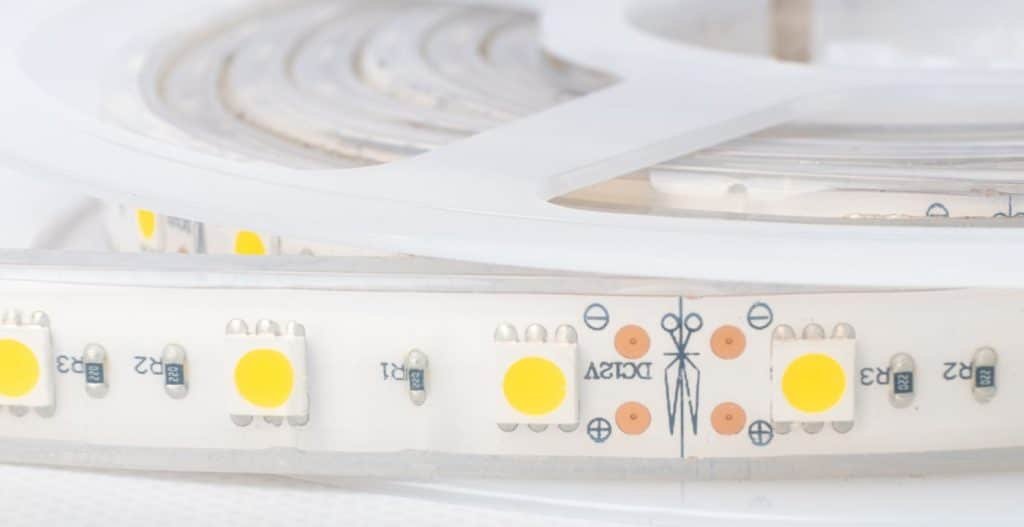
Flex PCBs are driving innovation in compact and dynamic electronics:
- Wearable Devices: Conform to body contours for health trackers and smartwatches.
- IoT Sensors: Enable smart homes and appliances with embedded connectivity.
- Automotive Electronics: Lightweight circuits enhance reliability in movable subsystems.
- Medical Devices: Thin, flexible PCBs withstand bodily environments for implants.
- Robotics and UAVs: Support dynamic flexing in joint actuators and appendages.
Future Trends in Flex PCB Technology
As of 2025, flex PCBs are poised to transform industries:
- 6G and Beyond: Flex circuits will support high-frequency antennas for next-gen wireless networks.
- Foldable Electronics: Flexible displays and devices will rely on advanced flex PCBs.
- Sustainable Manufacturing: Eco-friendly materials and processes will reduce environmental impact.
JHYPCB is at the forefront of these trends, ready to support your innovative designs.
FAQs About Flexible PCB Manufacturing
How can I reduce flex PCB manufacturing costs?
Optimize layer count, use standard polyimide materials, and partner with JHYPCB for design reviews to minimize iterations.
What are common flex PCB design mistakes?
Overlooking bend radius limits, ignoring thermal management, or using incompatible components can lead to failures.
Why choose JHYPCB for flex PCB manufacturing?
Our 15+ years of experience, advanced facilities, and end-to-end support ensure high-quality, cost-effective solutions.
Why Partner with JHYPCB?
With over 15 years of experience, JHYPCB is your trusted partner for flexible PCB manufacturing and assembly. Our ISO-9001-certified facilities, cutting-edge technology, and expert team deliver:
- High-quality flex circuits with up to 12 layers and 25/25 μm trace/space.
- Fast prototyping and scalable production.
- Comprehensive design reviews and technical support.
Related Reading
- Custom Flex PCB:Tailored Solutions for Your Applications
- Custom PCB Fabrication in China – Prototyping & Mass Production
- Expedited PCB Services – Quick Turnaround for Your Urgent Needs
- JHYPCB: The Best Prototype PCB Manufacturer for Your Needs
- Rapid PCB Prototyping Services: A Comprehensive Introduction
- Introduction to Semi-Flex PCBs: Bridging Rigid and Flex PCBs
- How to Select the Right Flexible PCB Manufacturer for Your Product: A 6-Step Guide
- Layer Stackup in Rigid-Flex PCB
- What Are The Types of Flexible Circuit Boards?
- Why is Flexible PCB so Expensive?
- The Manufacturing Process Of Double-sided Flexible PCB Coverlay
- What Are The Advantages And Applications Of Rigid-Flex PCBs?
- Rigid PCB vs Flex PCB: What Is The Difference?
- How to Solder On Flex PCB?
- Flexible Printed Circuit For Today’s Packaging
- 16 Factors Affecting The Cost And Price of Flexible PCB
- Complete Introduction of Flexible Circuit Board Materials
- The terms you have to know related to the manufacture of Flexible PCB
- Knowledge of Flexible PCB Manufacturing Process Steps
- Knowledge of Plating on Flexible Circuit Board Surface
- Five factors that FPC PCB designers should know about impedance control
- Key Process Flow of Rigid-Fled PCB Production

